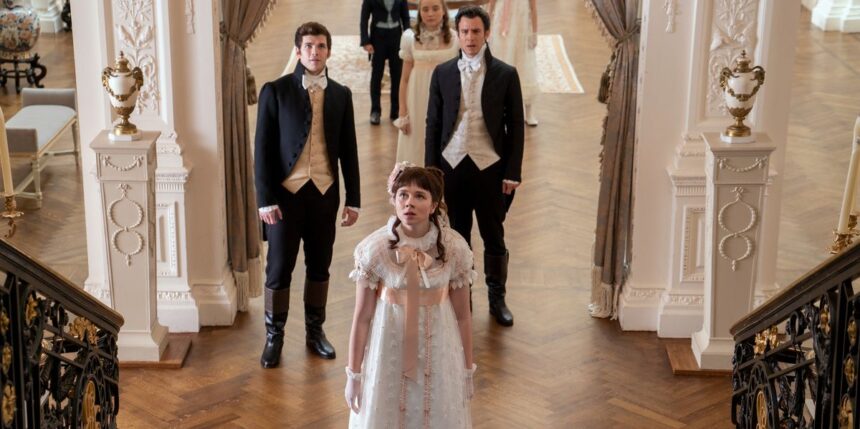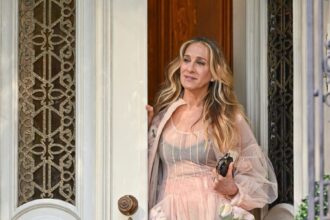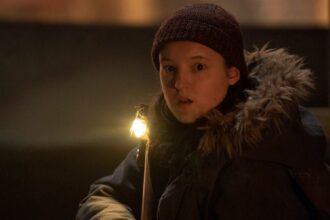Bridgerton’s third season finale surprised fans with the introduction of a gender non-conforming character, Michaela Stirling, as Francesca Bridgerton’s future spouse. Showrunner Jess Brownell has expressed her desire to incorporate more queer storylines into future seasons, including the possibility of Benedict and Eloise exploring gender non-conforming love stories. Benedict’s sexuality is portrayed as pansexual in the series, with his storyline involving a throuple relationship with Lady Tilley Arnold and Paul Suarez. Brownell emphasized Benedict’s fluidity and the ongoing exploration of his identity in the show.
While Eloise’s character in the Netflix series is not intended to be queer, Brownell acknowledged the character’s interpretation as such by some viewers. Eloise’s focus is on finding her place in a society that prioritizes romance over intellect, as she navigates a world that does not make much room for women with a passion for ideas. Brownell highlighted the importance of portraying a female character in the show who prioritizes personal growth and societal challenges over romantic relationships.
Despite the absence of Eloise’s queer storyline in the Netflix adaptation, Brownell hinted at the possibility of further exploring Benedict’s fluidity in upcoming seasons. The show’s writers intend to continue delving into Benedict’s perspective on love and relationships, emphasizing his approach to attraction based on energy and spirit rather than conventional labels. Brownell emphasized the importance of representing fluidity as a natural part of characters‘ identities, regardless of their chosen partners.
The representation of queer storylines and gender non-conforming characters is a significant aspect of Bridgerton’s evolution as a Regency-era drama. By incorporating diverse narratives into the show, such as Benedict’s pansexuality and Eloise’s focus on personal growth, Bridgerton aims to create a more inclusive and authentic portrayal of relationships and identities. Brownell’s commitment to exploring these themes in the series reflects a broader cultural shift towards greater representation and acceptance of LGBTQ+ characters in mainstream media.
As Bridgerton continues to delve into complex and diverse storylines, fans can expect more exploration of queer identities and gender non-conforming relationships in future seasons. By providing a platform for characters like Benedict and Eloise to navigate their personal journeys, the show offers a nuanced and multifaceted portrayal of love and identity in a historical setting. Brownell’s dedication to showcasing diverse perspectives and experiences in the series underscores the importance of inclusive storytelling in contemporary media.
In conclusion, Bridgerton’s commitment to incorporating queer storylines and gender non-conforming characters reflects a broader cultural movement towards greater representation and acceptance of LGBTQ+ narratives in mainstream media. Through characters like Benedict and Eloise, the show explores the complexities of love and identity in a Regency-era setting, offering viewers a more authentic and inclusive portrayal of relationships. As the series evolves, viewers can anticipate further exploration of diverse perspectives and personal journeys, enriching the narrative tapestry of Bridgerton with compelling and nuanced storytelling.







